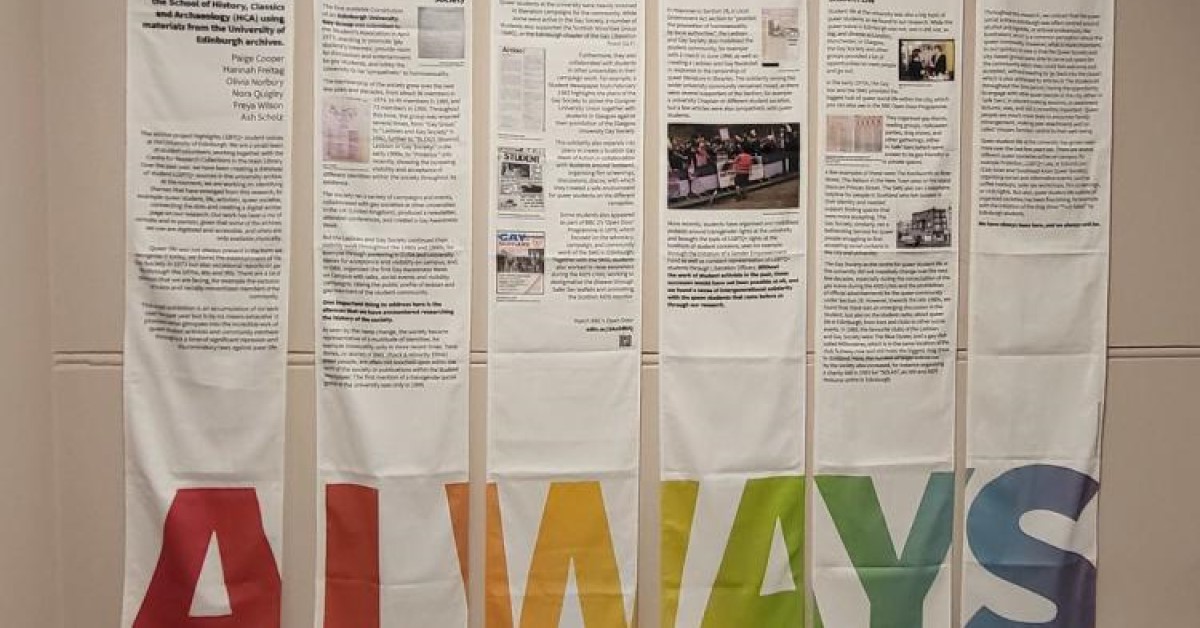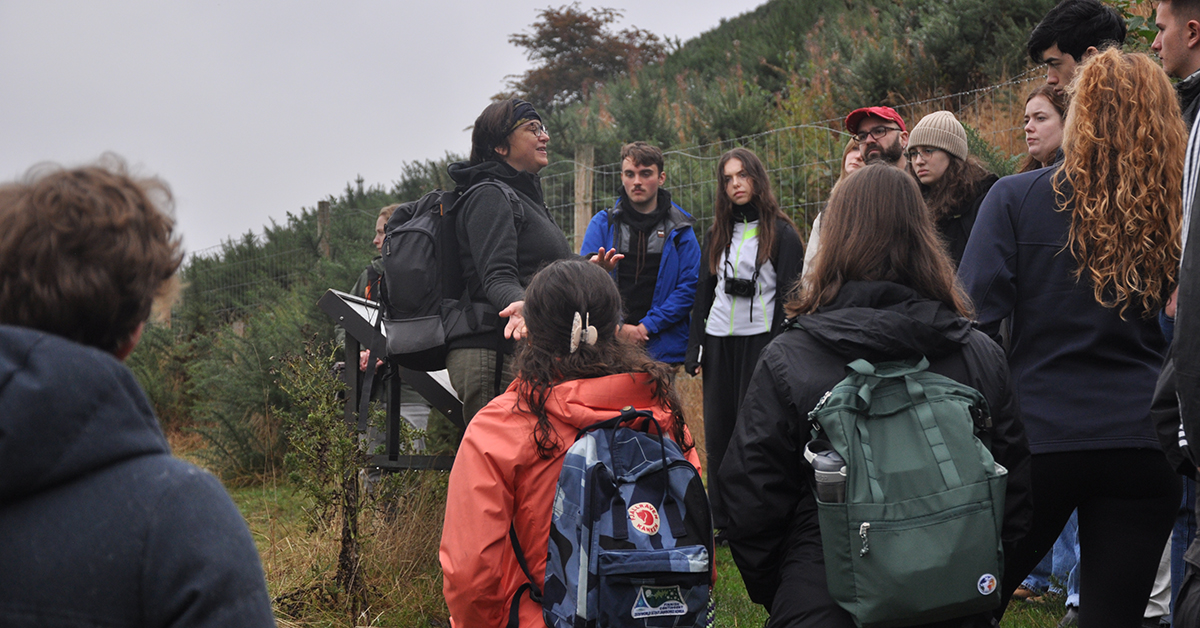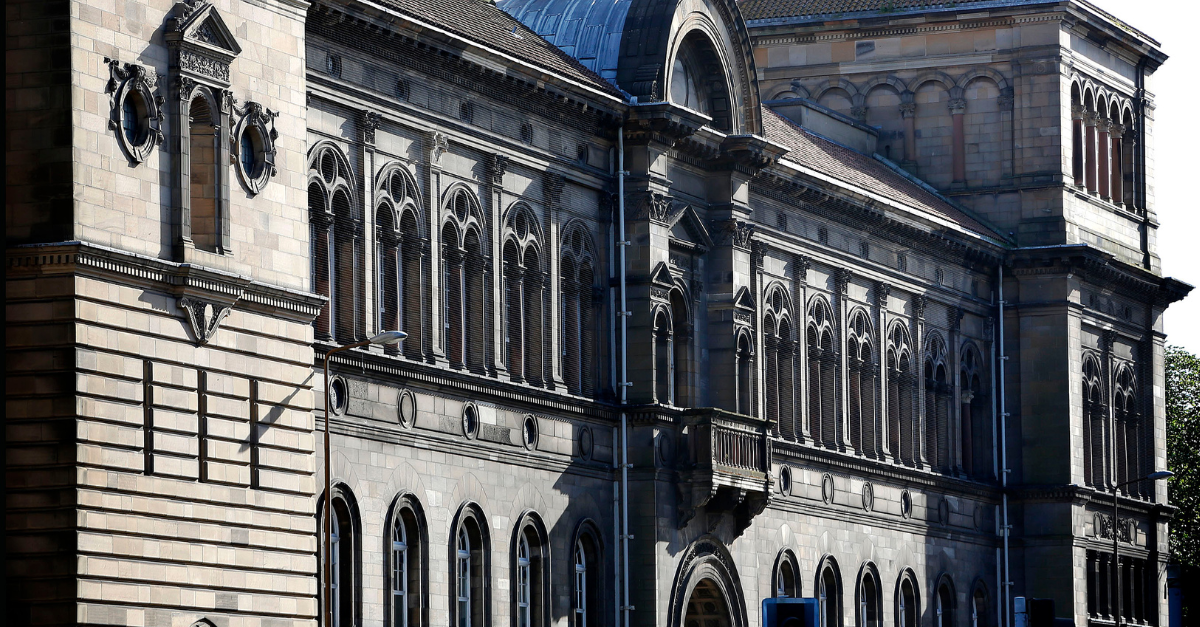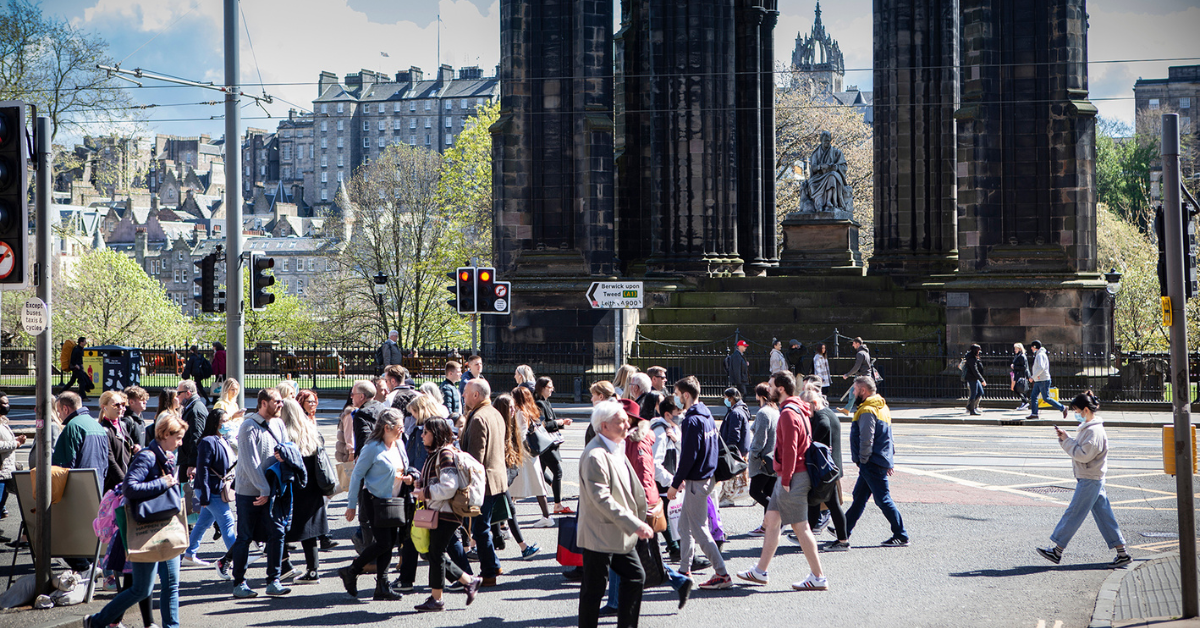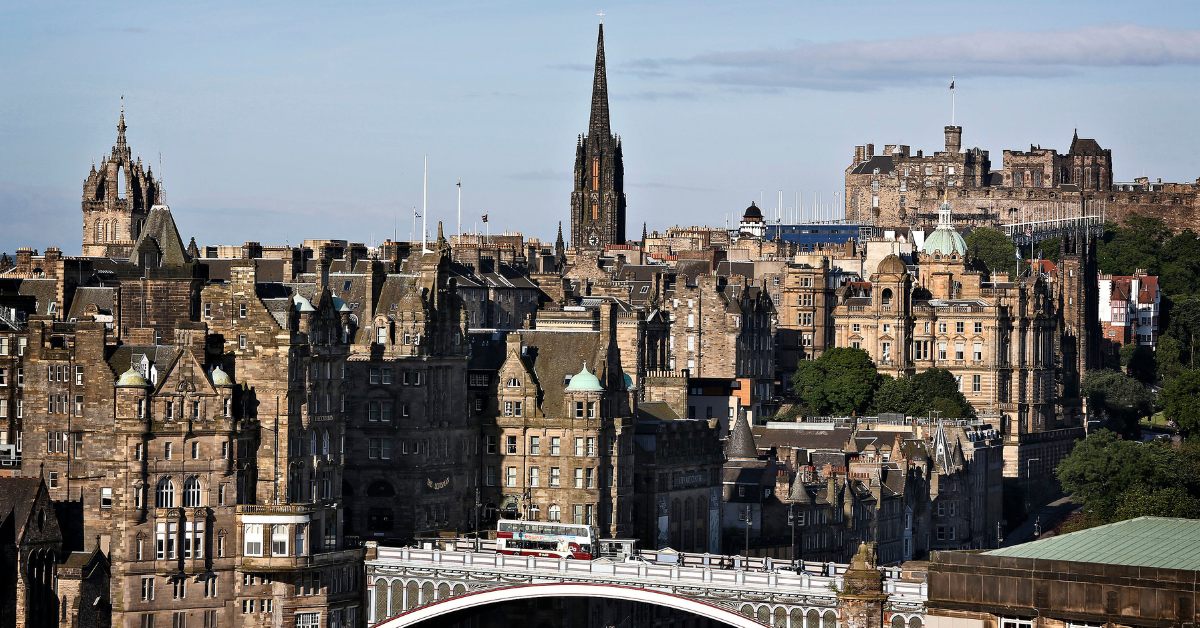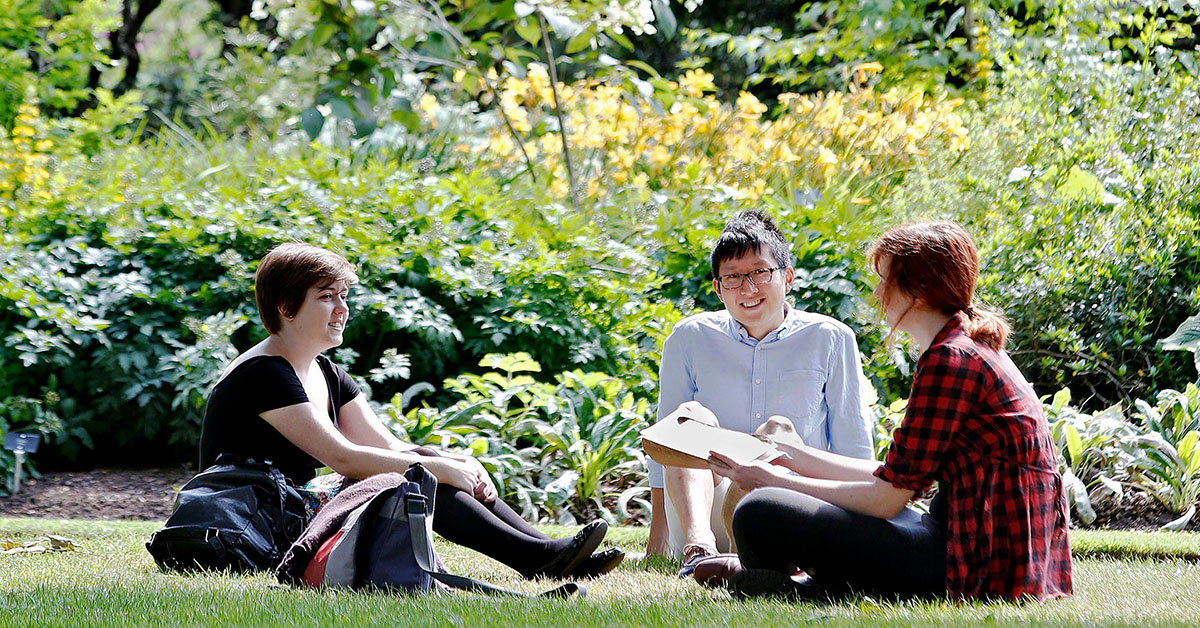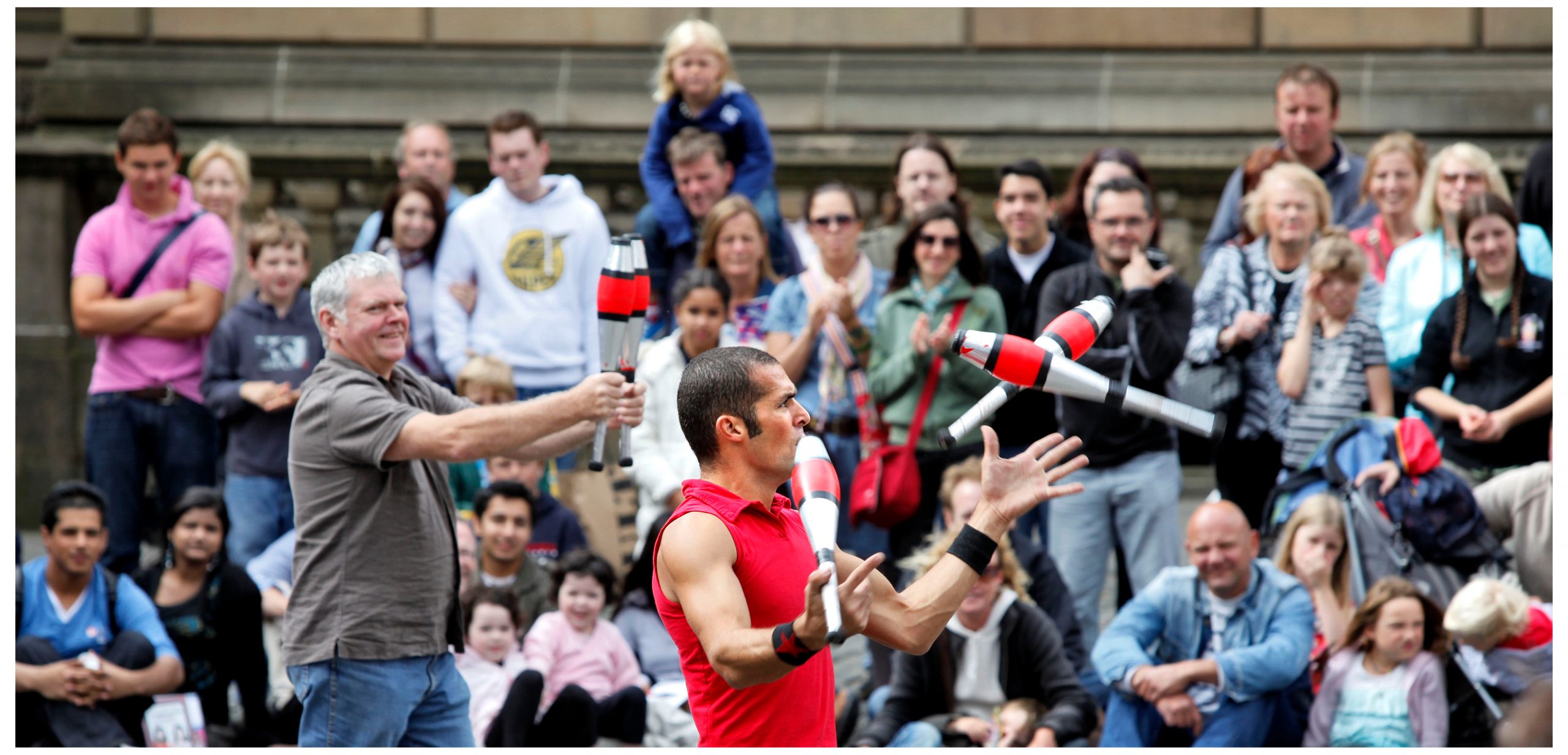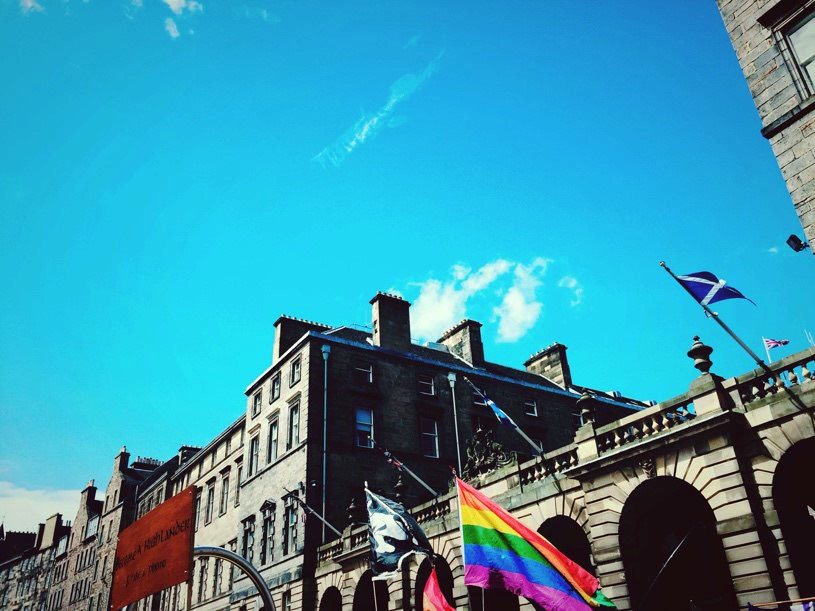Tag: Edinburgh
What does it mean to be queer in Edinburgh? Ash is a fourth year History and Politics student, and student ambassador. Ever since arriving at the university as a queer person, I have felt that there such a wide array of queer events, LGBTQ+ societies and groups in the city, but the amazing queer […]
Dr Henry (Indiana) Jones Jr once said, “If you wanna be a good archaeologist you gotta get out of the library!”, which is exactly what some of our first year archaeology students did recently. The School of History, Classics and Archaeology is lucky enough to have a wealth of archaeological sites on its doorstep. A […]
Tanvi shares her experience of being an international student, and the supportive community of School of History, Classics and Archaeology. Student life in Edinburgh is colourful and multifaceted, and this is something that the University has continued to provide throughout my time as a student here. My experience at the School of History, Classics and Archaeology […]
A new book by Professor Richard Rodger – Professor Emeritus of Economic and Social History – looks at the history of one of Edinburgh’s most beloved architectural icons, the ‘Colony’ house. My book, “Happy Homes: Cooperation, Community and the Edinburgh ‘Colonies’”, takes its title from the Reverend James Begg’s 1866 publication, “Happy Homes and How […]
Moving to another city can be stressful and frustrating but there can also be unexpected benefits, as Hanna (Classical Studies MA Hons) found. When I first came to Edinburgh, everyone assured me that there was an “amazing” public transport system here. However, coming from a big city in Germany with a close-knit system of trams, […]
To say the Covid years were tough is, of course, a gross understatement. But what if you’re a new international student finding your feet in a foreign country? Olivia is a second year History (MA Hons) student, and this is her story. I had never been to Scotland before August of 2020 when I moved […]
Good question. Luckily, Tristan [MA (Hons) Ancient and Medieval History] can help answer that. In the 18th Century Edinburgh designated itself the ‘Athens of the North’, and wandering through the city centre it’s not hard to see why. Okay, after twenty-something years in the Scottish capital I’m admittedly a little biased. But what isn’t to […]
Many students stay in Edinburgh over the summer break – why wouldn’t you? – but what do they do all day? Student Ambassador Tess has some suggestions. Find yourself in Edinburgh for the summer? Have no fear! It’s not uncommon for students to stay up in Edinburgh as the sun starts to peek through all […]
As part of Pride Month, Tristan (Ancient and Medieval History, MA Hons) shares his experience as an LGBTQ+ student at the University of Edinburgh. Navigating your first year at university can feel both intimidating and exciting as you get to grips with higher education, exploring a new city and meeting new people. This experience can […]
It’s only now that I’m in my last semester of my final year, and I’m having to contemplate moving to a new city, do I realise quite how much I love Edinburgh and the people in it. Having lived here for four years now, and I can honestly say that there is no other place […]


